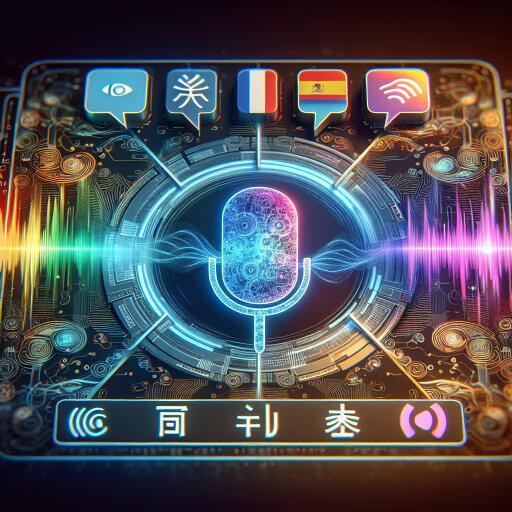ChatGPT Unveils a ‘Read Aloud’ Feature with Multi-Language and Voice Options
In an exciting update, ChatGPT has launched a groundbreaking ‘Read Aloud’ capability, enriching user experience by vocalizing responses in a selection of five distinct voices across 37 different languages. This feature exemplifies the continuous evolution of ChatGPT, enabling it to pronounce the written text accurately, automatically detecting the language in use to deliver an articulate audio performance.
The incorporation of ‘Read Aloud’ is compatible with both GPT-4 and GPT-3.5 LLM models, offering flexibility in how users can interact with ChatGPT. Users have the option to configure ChatGPT to read all responses aloud or to activate the audio playback manually for specific responses. Utilizing this feature is straightforward; users accessing ChatGPT via a web browser can simply click on a speaker icon situated at the bottom of the text. Meanwhile, those on the ChatGPT mobile app can tap on a message to commence, pause, or control the audio playback. The voices provided for ‘Read Aloud’ are synthesized versions of recordings from professional voice actors, crafted into AI models to deliver a varied auditory experience.
The introduction of ‘Read Aloud’ is not ChatGPT’s initial venture into voice interaction technologies. OpenAI previously integrated its voice recognition system, Whisper, into ChatGPT in September, allowing the chatbot to understand spoken commands and respond in kind. Unlike the solely auditory interaction facilitated by Whisper, ‘Read Aloud’ enhances the user experience further by reciting the chatbot’s written responses, thereby accommodating users who might be multitasking or require hands-free operation.
Text-to-speech functionalities are increasingly becoming a staple in generative AI chatbots. This move by OpenAI places ChatGPT in line with advancements made by competitors such as Anthropic, which has recently upgraded its Claude chatbot with similar capabilities. Moreover, the ‘Read Aloud’ feature draws parallels with the SoundHound generative AI chat app, developed almost a year ago, which combines third-party LLM APIs with SoundHound’s proprietary voice AI technology to produce an akin user experience.
OpenAI’s introduction of ‘Read Aloud’ aligns with its strategy of rolling out incremental improvements to ChatGPT, alongside significant updates like the bespoke GPT Store. These enhancements aim at diminishing barriers to use and broadening the functionality for ChatGPT users, thereby elevating the overall user experience. Other recent updates include the addition of a memory setting in ChatGPT, enabling it to remember and adapt to user preferences based on past interactions. This feature minimizes user effort in reiterating preferences during every conversation. This comes on the heels of recent functionalities, such as the ability to summon custom GPTs during dialogues, conversation archiving, and the launch of new models designed to augment ChatGPT’s performance. These initiatives build upon earlier introduced features like online search capabilities and the analysis of images and documents.
By transforming ChatGPT into a more versatile voice assistant capable of processing and understanding images, speech, and text, OpenAI sets a new benchmark in AI technology. The continuous enhancement of ChatGPT, exemplified by the ‘Read Aloud’ feature, underscores OpenAI’s commitment to making AI more accessible and user-friendly, further advancing the frontiers of AI interaction.










